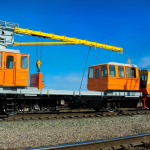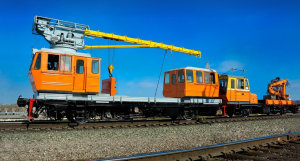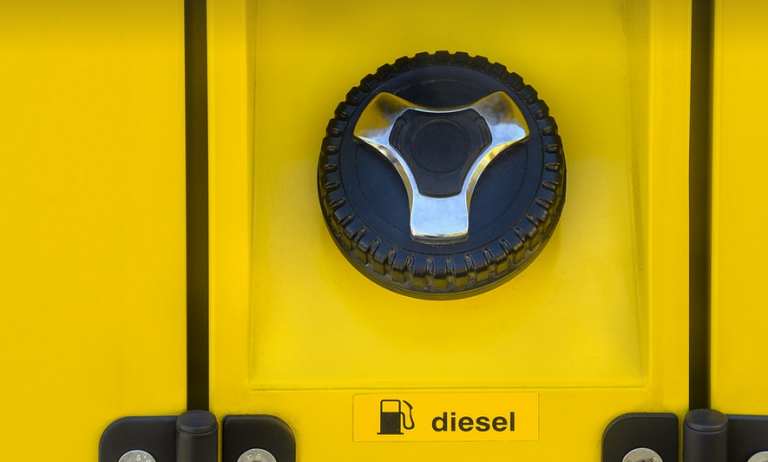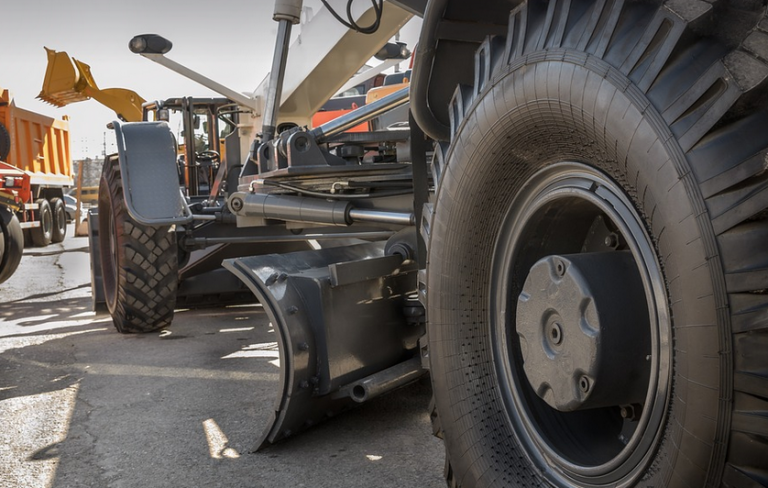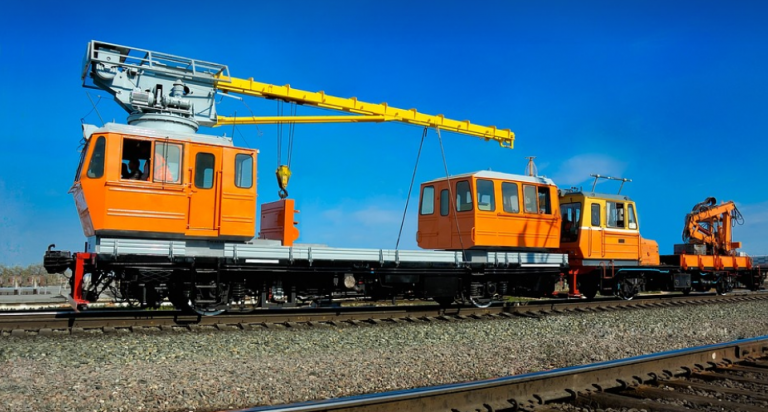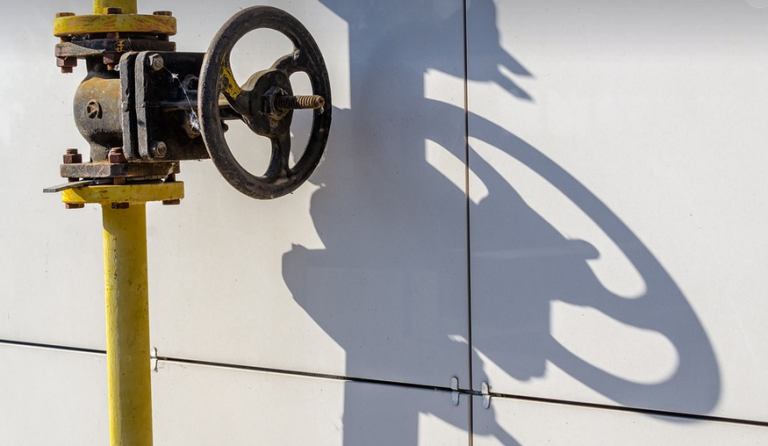Cracking the Code on Welding Bids: A Guide to Success
The world of welding is dynamic, demanding, and continuously evolving. From massive infrastructure projects to intricate manufacturing processes, welders are essential contributors across a wide range of industries. As we move into 2024, the need for skilled welders remains strong, with job opportunities flourishing across various sectors. If you’re a welder looking to put your passion to the test and make a real impact, navigating the bid process can be your gateway to exciting new challenges. Welding jobs are often released through public bidding processes. These bids can offer unique opportunities for both job seekers and businesses seeking the best talent in the field. Whether you’re a seasoned veteran or just starting out, understanding these bidding procedures can open doors to rewarding career advancements. Let’s dive into the world of welding jobs for bid!
** Understanding the Landscape: Types of Welding Bids** Welding bids are essentially competitive requests for proposals (RFP) where companies seeking specialized skills and expertise engage with potential welders. These bids can range from large-scale infrastructure projects with massive budgets to smaller, more localized tasks requiring specific welding techniques. The scope of each bid determines the level of complexity and the types of work required.
**The Bidding Process: A Step by Step Guide**
**Step one:** **Registration and Review:** Begin by becoming familiar with any relevant pre-application requirements or online platforms that host bidding information. Many organizations rely on platforms like government websites, specialized contractor databases, or industry associations to post their welding bid opportunities. Be sure to understand the deadlines for submitting your application and any specific requirements mentioned in the RFP.
**Step two:** **Reviewing the Bid Details:** Carefully read through the complete bidding document to grasp a clear understanding of the project’s scope, timeline, safety regulations, material specifications, and desired welding process. This step is crucial for assessing your eligibility and potential challenges.
**Step three:** **Building a Strong Proposal:** Craft a compelling proposal that showcases your skills and experience. Highlight your technical expertise, including certifications, specialized training, or previous work history in similar projects. Prepare clear documentation of the proposed welding method, including relevant codes and standards for compliance.
**Step four:** **Submitting Your Bid:** Submit your bid within the specified deadline and follow all instructions outlined in the RFP. Pay close attention to any technical requirements like providing digital drawings or detailed project plans in a specific format. Ensure there are no errors in your submission before pressing ‘submit’.
**Beyond the Bid: Essential Considerations for Success**
**Understanding Client Needs:** A successful bid starts with an understanding of the client’s specific requirements. Take time to research their company and project details, including their budget, timeline, desired welding processes, and any relevant industry standards or regulations.
**Building Strong Relationships:** Networking within the industry is crucial for opening doors to potential bids and gaining valuable insights into new opportunities. Attend trade shows, conferences, workshops, and connect with fellow welders and contractors. Building strong professional relationships can lead to future bidding projects and long-term success.
**Maintaining a Portfolio:** A well-maintained portfolio is your most valuable asset in the welding industry. Keep your resume updated with relevant skills and experience. Consider creating an online profile showcasing your work, certifications, and testimonials. This can be displayed on personal websites or professional social media platforms.
**Quality over Quantity:** Don’t compromise on quality in your bids. Ensure that every proposal reflects the meticulous attention to detail necessary for successful project execution. Thoroughly research each bid before submitting a response, and strive to provide innovative solutions that align with client goals.
**The Future of Welding: Embracing Sustainability and Innovation**
The welding industry is steadily embracing sustainable practices and incorporating cutting-edge technologies into its processes. As we move into the future, staying adaptable by learning about new welding methods like laser welding or robotic automation can provide a competitive edge in bidding for exciting projects. By embracing innovation, welders can contribute to building a more sustainable and efficient future.
**The Power of Collaboration: Working with Experienced Teams**
Working with experienced welding team members can be crucial in achieving success. Collaborate with your supervisor or colleagues to discuss project ideas, brainstorm solutions, and ensure a smooth workflow during the bidding process. Share knowledge and experience to improve efficiency and increase your chances of winning bids.
**Winning Bids: Tips for Success**
**Communication is Key:** Clear and concise communication is crucial throughout the entire bidding process. Address any issues or queries promptly, follow up regularly with potential clients, and maintain a professional attitude at all times.
**Building Confidence & Expertise**: Gaining confidence and expertise in your welding abilities through training courses, workshops, certifications, and volunteer opportunities can significantly improve your bidding success rate. Invest in yourself and the skills necessary to excel as a welder.
Remember, winning welding bids is about combining technical expertise with strategic planning, strong communication, and a commitment to excellence.
